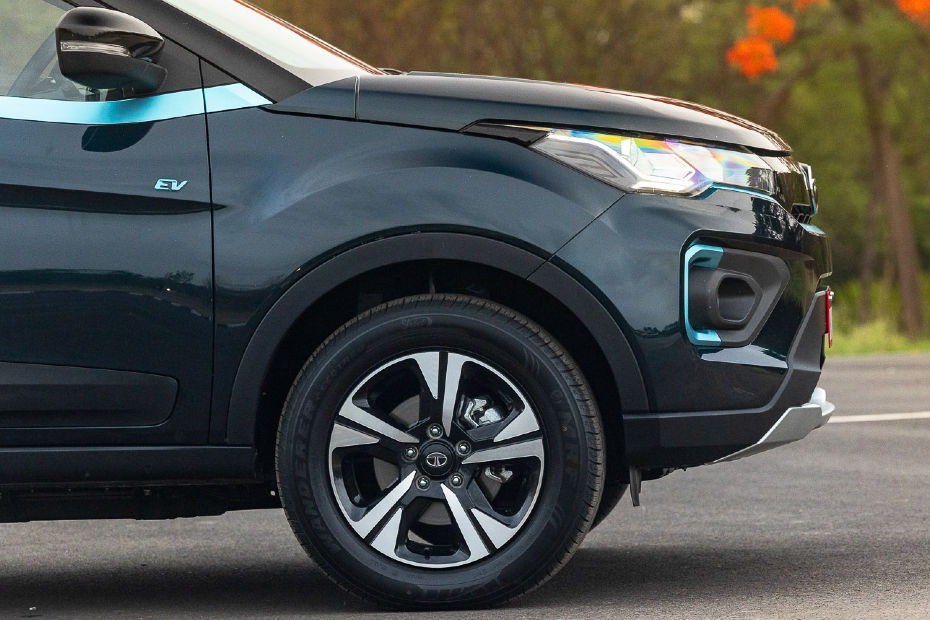If You Own An Electric Car, Take Care Of These Five Important Things This Winter
Modified On Dec 31, 2022 12:51 PM By Shreyash
- Write a comment
Battery technology in EVs brings its own climatic consequences in the winter, including decreased range

EVs are getting more popular among consumers, but many are unaware of how they will perform in our diverse weather conditions. The winter season, for example, affects the car’s battery in several ways, which in turn can reduce the range and performance. Take note of these five important things to keep your electric vehicle healthy this winter.
Do not park your EV in the open in winter

The lithium-ion battery is the heart of an EV. It stores the energy and releases it back as needed. However, lithium-ion batteries tend to underperform in low temperatures because the internal resistance of the cells increases, limiting the rate of transfer capacity, i.e., the batteries will deplete faster, and will take longer to get recharged.
To avoid this, you must protect your car from being exposed to extreme temperatures for long periods. If possible, do not park your electric car in the open as the cold weather can negatively impact the battery capacity and overall life. In case you only have outdoor parking, preferably cover it at night to try and keep some of the chill out.
Also Read: 7 Most Important Things You Should Keep In Mind Before Driving In Winters
Pre-heat the Cabin while charging

Given the compromised battery capacity in the winter, it’d be more efficient to preheat the cabin while it is plugged into the charger as opposed to draining your range on the go. The added load of using the EV’s heater can also affect the overall longevity of the battery. Additionally, if your EV comes with heated seats, it would be better to use that feature than the AC which would use more energy to warm up more of the cabin.
Reduce the use of fast chargers

Frequent fast charging is not considered healthy for lithium-ion batteries in any case, and it becomes even worse in the cold. Avoid quick charging in winter as much as possible since the high flow of current might have a negative influence on your battery's overall capacity, because of the high resistance due to temperature drop. Even though the current itself does not suffer from temperature, the chemical process of storing and deploying it does get affected.
However, fast chargers can be used after a long run or when the battery is nice and warmed up.
Also Read: Top 6 Quickest Cars Launched In 2022 Under Rs 20 Lakh
Use higher levels of regenerative braking

Another way to combat the reduced range from reduced battery capacity due to the cold is to increase the level of regenerative braking. The highest level of brake-regen usually comes with a different driving experience wherein the car decelerates aggressively everytime you take your foot off the accelerator and car. It could take some getting used to, especially in our traffic conditions. The benefit is the extra kilometres of range that would otherwise have not been available to you in the winter. It operates on the "the more you brake, the more you gain" principle, converting kinetic energy into electrical energy that is then stored in the battery.
Don’t let it fall under 20 percent

This is the best defence against the cold weather, don't allow your car's battery to drop below 20%. Draining the battery below this level will also risk its reverse cycle, i.e., the battery will gradually lose its charging capacity, especially in cold weather conditions. As discussed earlier, when the temperature is low, the internal resistance of the cell is already high, which can severely affect the battery when the charge is too low.
Also Read: 15 New SUVs Launched In 2022 Priced Under Rs 40 Lakh
If you follow these five steps, you can save your car’s battery for a prolonged period. Remember, the lithium-ion battery is one of the most expensive things in an electric car. With this, CarDekho wishes you a greener, safer and happy winter drive.
5 out of 5 found this helpful















